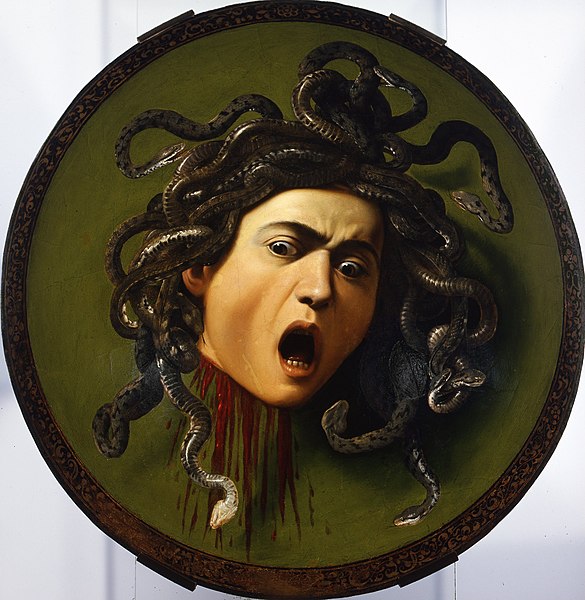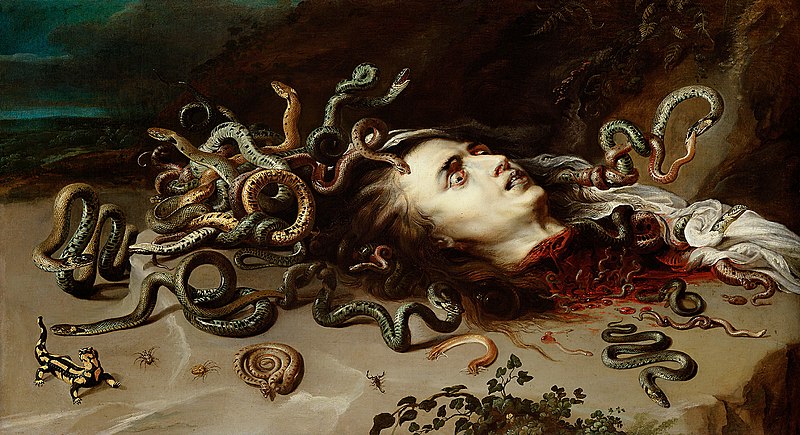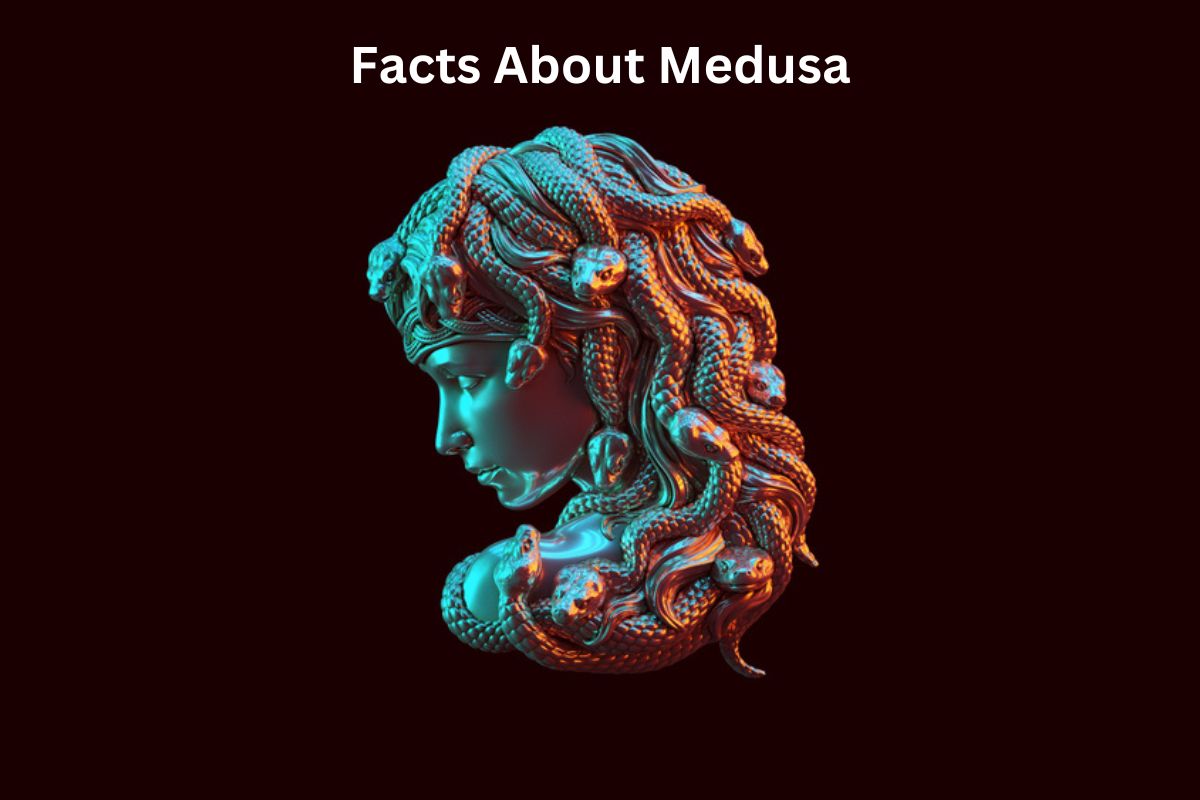Medusa, a figure from Greek mythology, is widely recognized for her serpent hair and the ability to turn people to stone with her gaze. As one of the three Gorgon sisters, she occupies a significant place in ancient mythology.
Medusa’s cursed fate, brought upon her by the goddess Athena, transformed her into a monstrous creature with a terrifying appearance.
Throughout history, Medusa has captivated artists, writers, and storytellers, inspiring various interpretations and depictions in art, literature, and popular culture.
Her name continues to evoke both fear and fascination, symbolizing the clash of beauty and danger in Greek mythology.
Medusa Facts
1. Medusa was a figure from Greek mythology
Medusa is a prominent character in Greek mythology. She is known for her distinctive appearance and her tragic story, which has captured the imagination of people for centuries.

2. She was one of the three Gorgon sisters
Medusa was one of the Gorgons, a group of monstrous creatures in Greek mythology. The Gorgons were usually depicted as winged women with serpents for hair.
Also Read: Facts About Pegasus
Medusa was the most famous among them, with her story being the most well-known.
3. Medusa had snake-like hair
One of the defining features of Medusa’s appearance was her hair, which was transformed into live snakes as a result of Athena’s curse.
Also Read: Hercules Facts
These snakes were venomous and moved independently, adding to Medusa’s terrifying and otherworldly appearance. Her snake hair became an iconic aspect of her image in art and popular culture.
4. Her gaze could turn people to stone
Medusa possessed a deadly ability known as petrifying gaze. Anyone who looked directly into her eyes would be instantly turned to stone.
This power made her a fearsome and formidable creature. In mythology, it was her gaze that made her so dangerous and earned her a place among the most feared monsters.
5. Medusa was cursed by the goddess Athena
According to Greek mythology, Medusa’s fate was sealed when she caught the attention of the sea god Poseidon. The two of them violated the sanctity of Athena’s temple by engaging in a romantic encounter there.
Enraged by this desecration, Athena punished Medusa by transforming her beautiful locks into hissing snakes and making her face so terrifying that it could turn anyone to stone. It was a punishment that reflected Athena’s wrath and a warning to others who defiled her sacred spaces.

6. The name “Medusa” means “guardian” or “protectress” in Greek
The name “Medusa” originates from the ancient Greek word “medousa,” which carries the connotation of being a guardian or protectress.
Before her transformation, Medusa was a priestess in the temple of Athena, where she played a role as a guardian.
This aspect of her name reflects her earlier role as a protector before her curse and transformation into a monster. It highlights the irony and tragedy of her story—once a guardian, she became a feared and monstrous figure.
7. Perseus used a mirrored shield to defeat Medusa
In the mythological tale, Perseus, a hero, embarked on a quest to slay Medusa. Knowing that direct eye contact with Medusa would result in his own petrification, he cleverly used a mirrored shield given to him by the goddess Athena.
By looking at Medusa’s reflection in the shield, Perseus was able to approach her without meeting her gaze, ultimately beheading her.
8. Medusa’s severed head retained its power to turn people to stone
Even after her death, Medusa’s severed head maintained its formidable power. Perseus carried the decapitated head with him, utilizing it as a weapon against his enemies.
In various renditions of the myth, the mere sight of Medusa’s severed head was enough to transform adversaries into stone, displaying the enduring and potent nature of her cursed gaze.
9. Pegasus, the winged horse, and Chrysaor, a giant, emerged from Medusa’s body after her death
According to some versions of the myth, when Perseus beheaded Medusa, two additional beings sprang forth from her lifeless body. The winged horse Pegasus, known for its beauty and ability to fly, was born from the blood of Medusa.
Additionally, Chrysaor, a giant or warrior with a golden sword, emerged as her son. This supernatural birth added further intrigue and symbolism to the myth of Medusa.
10. Medusa has been depicted in various art forms throughout history
Medusa’s striking appearance and legendary status have inspired countless artistic representations. From ancient Greek pottery and sculptures to Renaissance paintings and contemporary artwork, Medusa has remained a popular subject.
Artists have depicted her fearsome visage, serpent hair, and the moment of her confrontation with Perseus. Her representation in art has often served as a symbol of female power, monstrous beauty, and the dichotomy between allure and danger.
